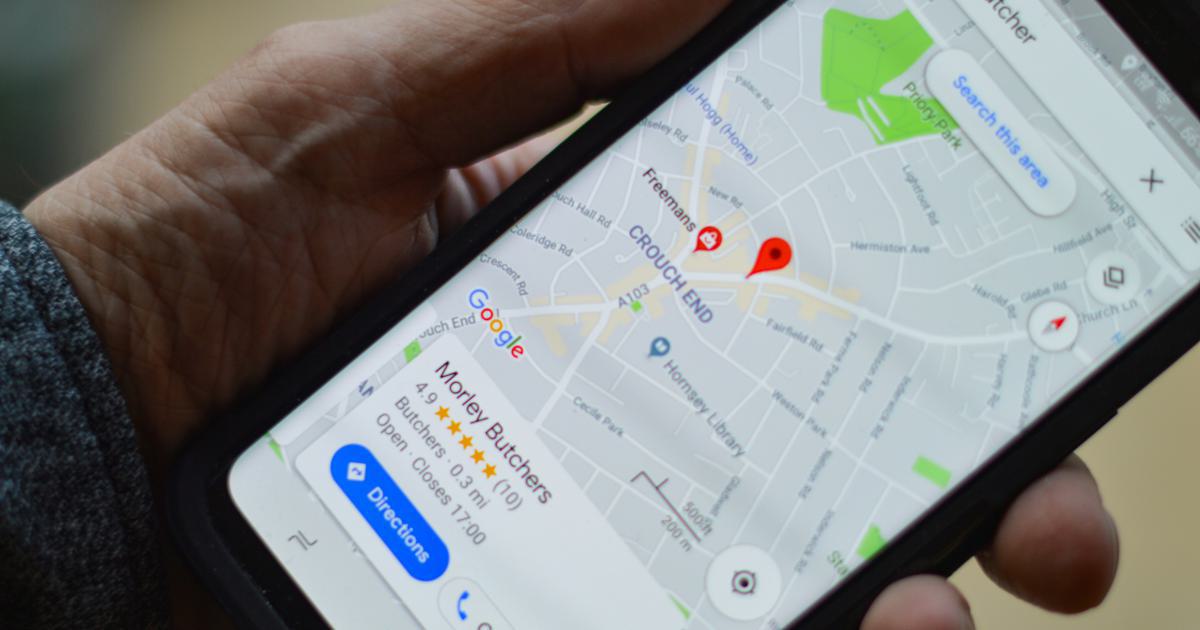Skyrocket Rankings with Geo-Targeted Long-Tail Keyphrases


The Power of Geo-Targeted Long-Tail Keyphrases
In the ever-evolving world of search engine optimization (SEO), staying ahead of the curve is crucial for businesses looking to dominate their local markets. One of the most effective strategies to achieve this is the strategic use of geo-targeted long-tail keyphrases. These highly specific, location-based keywords can be the key to unlocking your website's full potential and driving a steady stream of qualified traffic.

Geo-targeted long-tail keyphrases are search queries that incorporate both a specific geographical location and a more niche, long-tail keyword. For example, instead of targeting a broad keyphrase like "plumber," you might target "best plumber in New York City" or "affordable plumbing services in Seattle." These types of keyphrases are highly valuable because they are more likely to be used by people who are actively searching for the products or services you offer in their local area.
The Benefits of Geo-Targeted Long-Tail Keyphrases
Increased Relevance: By including a specific geographic location in your keyphrases, you can ensure that your content is highly relevant to the searcher's needs. This helps to improve your overall search engine rankings and increases the likelihood of converting those clicks into leads or sales.
Lower Competition: Long-tail keyphrases, by their very nature, tend to have lower competition than broader, more generic keywords. This means that it can be easier to rank for these targeted phrases, especially when combined with a local geographic modifier.
Higher Conversion Rates: Searchers who use geo-targeted long-tail keyphrases are often further along in the buying process and are more likely to convert into customers. They have a clear idea of what they're looking for and are ready to take action.
Improved Local SEO: Incorporating geo-targeted keyphrases into your website's content and metadata can significantly boost your local search engine rankings, making it easier for potential customers in your area to find your business.
Identifying Valuable Geo-Targeted Long-Tail Keyphrases
The key to unlocking the full potential of geo-targeted long-tail keyphrases lies in thorough research and analysis. By taking the time to understand your target audience, your local market, and the competitive landscape, you can uncover a wealth of opportunities to optimize your content and outrank your competitors.

Conducting Keyword Research
Analyze Your Target Audience: Start by understanding the needs, pain points, and search behaviors of your ideal customers. What are they searching for when they're looking for businesses like yours? What geographic areas are they focused on?
Explore Local Search Trends: Use keyword research tools like Google Keyword Planner, SEMrush, or Ahrefs to identify the most popular and relevant geo-targeted keyphrases in your local market. Look for phrases that have a good search volume and low to medium competition.
Competitor Analysis: Examine the content and strategies of your top local competitors. What keyphrases are they targeting, and how can you outperform them? This can help you uncover unique opportunities and identify underserved niches.
Prioritize High-Value Keyphrases: Once you've compiled a list of potential geo-targeted long-tail keyphrases, evaluate them based on factors like search volume, competition, and relevance to your business. Focus your efforts on the most promising opportunities.
Optimizing for Geo-Targeted Long-Tail Keyphrases
Now that you've identified your target keyphrases, it's time to integrate them seamlessly into your website's content and structure. This process involves a combination of on-page optimization, technical SEO, and strategic content creation.

On-Page Optimization
Incorporate Keyphrases into Titles and Headers: Use your geo-targeted long-tail keyphrases in your page titles, H1 tags, and subheadings to signal the relevance of your content to search engines.
Optimize Meta Descriptions: Craft compelling meta descriptions that include your target keyphrases and entice users to click through to your website.
Optimize Image Alt Text: Incorporate relevant geo-targeted keyphrases into the alt text of your images, which can help improve your overall search visibility.
Utilize Internal Linking: Link to your geo-targeted content from other relevant pages on your website, strengthening the relevance and authority of those pages.
Technical SEO
Implement Schema Markup: Use schema.org markup to provide search engines with additional context about the geographic information on your pages, further reinforcing your local relevance.
Optimize for Mobile: Ensure that your website is mobile-friendly and provides a seamless user experience, as more and more searches are conducted on-the-go.
Improve Page Speed: Fast-loading pages can improve user experience and search engine rankings, so optimize your website's performance.
Content Creation
Create Geo-Specific Landing Pages: Develop dedicated landing pages that focus on your target geo-targeted long-tail keyphrases, providing detailed, valuable information to your local audience.
Produce Localized Content: Create content that is tailored to the specific needs and interests of your local market, such as neighborhood guides, local event coverage, or industry-specific tips.
Leverage User-Generated Content: Encourage your customers to share their experiences and reviews on your website, as this can help to build trust and improve your local search visibility.

Amplifying Your Geo-Targeted Long-Tail Keyphrase Strategy
While optimizing your website is a crucial first step, it's essential to complement your on-site efforts with a comprehensive off-site strategy to further boost your visibility and authority.
Local Citation Building
Ensure that your business's name, address, and phone number (NAP) are consistently listed across a wide range of online directories, review sites, and local business listings. This helps to reinforce your local presence and improve your chances of appearing in local search results.

Local Link Building
Actively seek out opportunities to acquire high-quality backlinks from other reputable, locally-relevant websites, such as industry blogs, community organizations, or local media outlets. These links can help to improve your domain authority and signal to search engines that your business is a trusted local resource.
Local Social Media Engagement
Maintain an active presence on social media platforms that are popular in your local market, such as Nextdoor or community-specific Facebook groups. Engage with your local audience, share relevant content, and encourage reviews and user-generated content to build trust and visibility.

Local Reputation Management
Monitor and respond to online reviews of your business, both positive and negative. This not only helps to improve your local reputation but also provides valuable insights into the needs and perceptions of your target audience.
Measuring and Optimizing Your Geo-Targeted Long-Tail Keyphrase Strategy
To ensure the ongoing success of your geo-targeted long-tail keyphrase strategy, it's essential to regularly monitor and analyze your performance. This will allow you to make data-driven decisions and continually refine your approach.

Key Metrics to Track
-
Search Engine Rankings: Monitor your rankings for your target geo-targeted long-tail keyphrases across major search engines, such as Google, Bing, and local directories.
-
Website Traffic: Analyze the traffic to your geo-targeted landing pages and content, paying attention to metrics like pageviews, unique visitors, and time on page.
-
Conversion Rates: Track the conversion rates of your geo-targeted content, whether that's lead generation, sales, or other desired actions.
-
Local SEO Visibility: Use tools like Google My Business, Bing Places, and local directory listings to monitor your local search visibility and citations.
Continuous Optimization
-
Regularly Review and Refine: Continuously review your geo-targeted long-tail keyphrase strategy, analyzing performance data and making adjustments as needed.
-
Experiment with New Keyphrases: Don't be afraid to try new geo-targeted long-tail keyphrases, testing different variations and monitoring their effectiveness.
-
Adapt to Changes: Stay informed about updates to search engine algorithms and local SEO best practices, and be ready to adapt your strategy accordingly.
By consistently measuring your performance and optimizing your approach, you can ensure that your geo-targeted long-tail keyphrase strategy continues to deliver tangible results and helps you dominate your local market.
Are You Crushing It in Internet Marketing?
Struggling to boost your online visibility and traffic? Semrush is the ultimate platform for digital marketers like you. With powerful SEO tools and competitive data insights, you can optimize your website, content, and campaigns for maximum impact.
Join over 7 million marketers already using Semrush to outrank their competitors, drive more qualified leads, and grow their businesses online. Get started today with a 7-day free trial, and unlock the full potential of your internet marketing strategy.
Unlock the Power of SEO with Semrush
Are you struggling to boost your online visibility and drive more traffic to your website? Semrush has the solution.
Our comprehensive platform offers advanced keyword research, competitor analysis, and SEO audits, empowering you to optimize your content and outrank your competition.